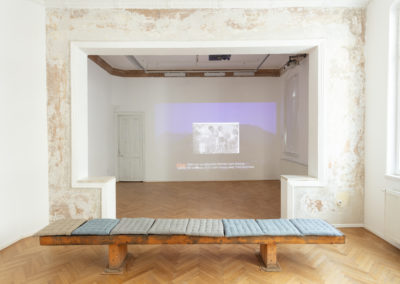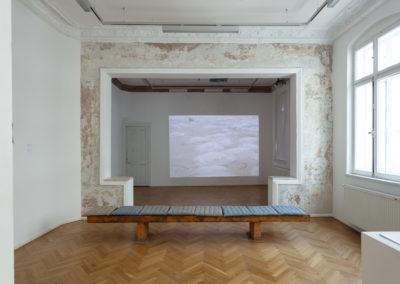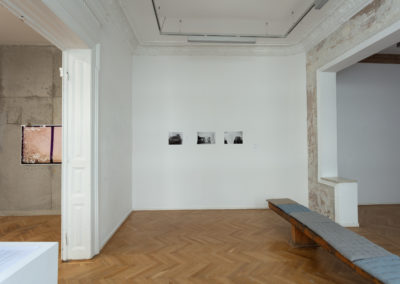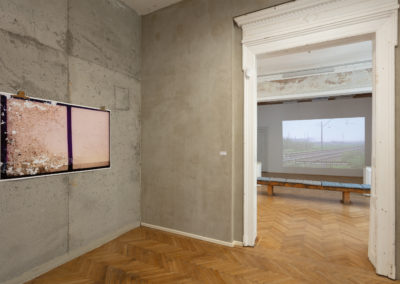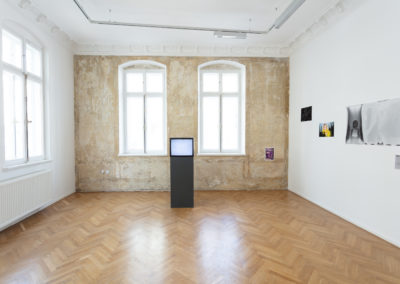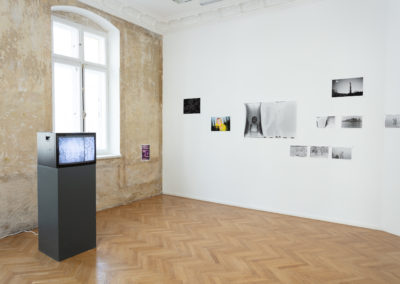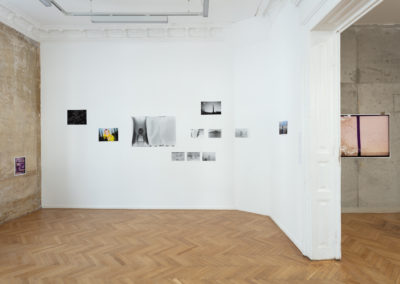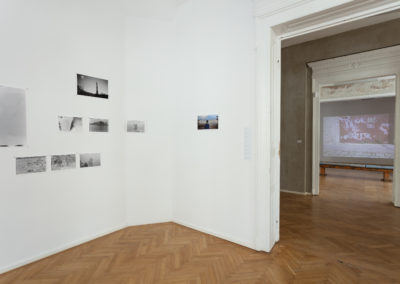Zoya Laktionova was born in Mariupol, in a working class family in 1984. She is a documentary filmmaker and visual artist who uses moving images, photography, and texts in her work. Zoya aims to convey emotions through art metaphors intertwined with the dramatic language of cinema. This often makes it difficult to clearly allocate Zoya’s films, which is why they are shown both at film festivals and in art museums such as the Center Pompidou in Paris or the MUMOK in Vienna. In her artistic practice, she adopts micro-history, auto-ethnography and creative storytelling to unfold the complexity of greater events and historical contexts. Zoya first appeared in the world of documentary cinema as a character in the film “Ma”(10’) in 2017, and a year later made her first short documentary “Diorama” (12’ https://www.dok-leipzig.de/en/film/20182188/diorama) about the mined sea at the Mariupol area. The film won an award in the MyStreetFilms category at the “86” festival (Ukraine) in 2018, has participated in numerous European film festivals (DOKLeipzig, Ji.Hlava, Cottbus etc), and was released in cinemas in Ukraine in 2019. Before the start of a full-scale war of Russia against Ukraine (24/02/22), Zoya lived in Kyiv and worked as an independent artist and documentary filmmaker.
Memory Practices
Artist: Zoya Laktionova
16.03-16.04.2024
ARAC, 26 Popa Soare Street, Bucharest
Zoya Laktionova is an artist working with photography and video art around the concepts of memory, war and personal stories. During her Artists for Artists Residency (AFAR) in Bucharest she continued her exploration of local history, which transforms the ephemeral into the eternal, capturing fleeting moments that resonate deeply with viewers.
The artist’s practice is influenced by her experiences of constant migration through various artist residencies, a journey catalyzed by the war in Ukraine. In her photographs and documentaries, she adeptly navigates the complexity of history and identity, drawing attention to the nuanced intersections of personal and collective narratives. Her exploration of memory and displacement serves as an poignant reflection of the contemporary human condition. The artist emphasizes the key elements of transformation, highlighting how history is imprinted on the walls of public buildings and monuments in the major cities of Central and Eastern Europe, as an everlasting imprint of the ever-evolving past.
The exhibition Memory Practices unveils a captivating series of photographs from Zoya’s ongoing projects, providing spectators with a window into her profound exploration of public history and propaganda. The latest photographs captured in Bucharest and Constanta during the residency act as a gateway to the complex layers of remembrance and forgetfulness that shape our shared consciousness.
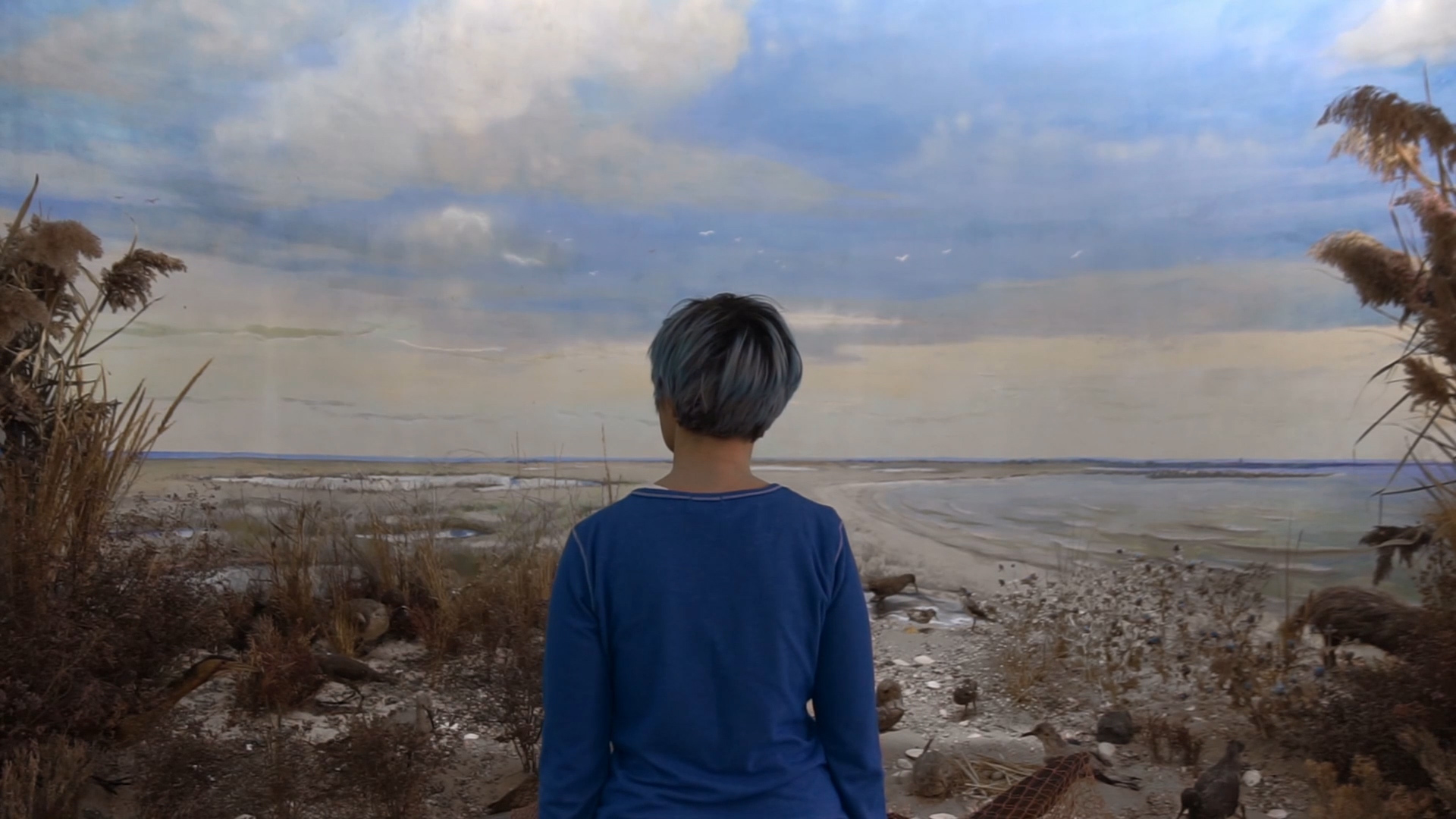
The visuals alternate between moments of personal and collective history and empty spaces captured either on the gallery walls or in the artist’s photographs and documentaries, which reference the erasing and rewriting of history. In this way, history is manipulated while inviting viewers to question their own position on significant events. Zoya reenacts her family archives in a local setting, illustrated by the Unheritage series, which features photographs recovered before the outbreak of war. The artist uses damage as symbols representing memory and forgetting, making them central themes in her negatives.
Among her ongoing explorations, the artist’s documentary, Ashes Settling in Layers on the Surface, is a reconstruction of Mariupol on screen between two destructions – World War II and the Russian-Ukrainian war. The exhibition features shots from this documentary, which were found and used during the development of a feature documentary about Mariupol.
In its exploration of manipulation, the exhibition Memory Practices delves into the delicate nature of memory and its vulnerability to distortion.
Artists for Artists Residency Network (AFAR) is an EU co-funded project and residency program, aiming to improve the mobility of contemporary visual artists and curators in Romania, Germany, Croatia, and Austria. The project is led by the Romanian Association for Contemporary Art (ARAC) with its three consortium partners – Goethe Institute Network, Croatian Association of Fine Artists, and Künstlerhaus Vienna. www.afarnetwork.com
ARAC is a non-profit organization founded in June 2012, in order to produce and promote contemporary art in Romania and abroad. The initiative of the 58 Plantelor Residency belongs to Anca Poterasu, gallerist and ARAC President. The first edition of the Residency took place in 2015 and it was financed through a grant offered by Norway, Iceland, Liechtenstein and the Romanian Government.

